Table of Contents
- Introduction
- What Are Hops and Why Vaporize Them?
- Key Compounds: Myrcene, Humulene & More
- Calming Effects and Potential Uses
- Ideal Vaporizing Temperature for Hops
- How to Vaporize Hops: Practice, Ritual & Dosage
- Breath Awareness & Nervous System Regulation
- Recommended Herbal Pairings for Hops
- Safety, Side Effects & When to Avoid Hops
- Conclusion
- About the Author
Introduction
When most people hear "hops," they think of beer. But long before it became a brewer's favorite, hops (Humulus lupulus) were valued as a medicinal plant—specifically for their calming, sleep-supporting, and muscle-relaxing properties. And today, a new way of accessing these benefits is gaining popularity: vaporizing hops.
Vaporizing hops lets you inhale their essential oils and terpenes—like myrcene and humulene—without the alcohol, sugar, or fermentation. The result? A surprisingly effective herbal relaxant that pairs beautifully with other sleep-supportive plants like valerian or chamomile.
In this guide, we’ll explore the therapeutic effects of vaporized hops, how they interact with your nervous system, the best temperature range for extraction, and how to incorporate hops into your nighttime ritual using analog devices like the Vapman or Lotus.
What Are Hops and Why Vaporize Them?
Hops are the flowering cones of the hop plant (Humulus lupulus), a member of the Cannabaceae family—the same plant family as cannabis. While best known for lending bitter flavor and aroma to beer, hops have a long history of medicinal use dating back to ancient Greece and China.
Traditionally, hops were used to:
- Promote sleep and reduce restlessness
- Ease physical tension and mild pain
- Balance digestion, especially when tied to anxiety
- Enhance the sedative effect of other herbs
These effects are due to a rich blend of volatile oils and compounds that affect the central nervous system. Vaporizing hops lets you access these actives directly—without combustion, fermentation, or alcohol.
Key Compounds: Myrcene, Humulene & More
Hops contain over 100 identified chemical constituents, but some of the most important for vaporization include:
- Myrcene: Sedative terpene also found in cannabis and lemongrass. Known for promoting relaxation, anti-inflammatory effects, and enhancing cannabinoid absorption.
- Humulene: Anti-inflammatory and appetite-suppressing terpene with a woody, earthy aroma. May also support deep breathing and clarity.
- Alpha- and Beta-acids: Bitter compounds with antimicrobial and soothing qualities. These are better extracted via heat than in tea.
- Flavonoids: Including xanthohumol, which has mild antioxidant and calming properties.
Many of these compounds are heat-sensitive, making vaporization a powerful tool to access them gently and directly—especially when using a temperature-controlled manual device.
Calming Effects and Potential Uses
When vaporized properly, hops deliver a wave of subtle calm, body heaviness, and mental quiet. It’s not a psychoactive high, but a grounded sense of “winding down.” Hops are especially valuable for people who:
- Experience racing thoughts at night
- Have trouble transitioning from activity to rest
- Carry tension in the shoulders, jaw, or chest
- Struggle with irritability or restlessness in the evening
Vaporized hops may promote:
- Slower heart rate and reduced physiological arousal
- Easier transition into sleep cycles
- Greater emotional regulation at day’s end
Some users report mild muscle relaxation, soft euphoria, and even enhanced vivid dreaming when pairing hops with herbs like blue lotus or valerian.
Hops vs. Valerian for Sleep
While both herbs are sedative, they work slightly differently:
| Herb | Primary Action | Best For |
|---|---|---|
| Hops | Physical calming, tension relief | Evening irritability, restlessness, breath calming |
| Valerian | CNS sedation, muscle melting | Difficulty falling asleep, muscle tightness |
Best practice: Try hops on its own first. Then experiment with pairing it with other sleep herbs in your evening routine. If you’re unsure when a bowl is spent, here’s how to know when to refill your vaporizer.

Ideal Vaporizing Temperature for Hops
To extract the full benefits of hops—especially myrcene and humulene—you need to reach the right temperature. Most key compounds vaporize between 150°C and 170°C, but a slightly higher range may be needed for deeper effects.
| Temperature (°C) | Effect |
|---|---|
| 150–160 | Bright aroma, light emotional calm |
| 160–170 | Deeper tension release, sleepy feeling |
| 170–180 | More pronounced sedation, earthy aroma |
Devices like the Lotus or Vapman allow you to gradually raise temperature by adjusting flame distance—ideal for tuning into hops' full expression without combustion.
How to Vaporize Hops: Practice, Ritual & Dosage
Hops are relatively easy to vaporize, but like any botanical, a bit of attention goes a long way. Here’s how to create a mindful and effective experience:
Preparation
- Form: Use dried hop cones or compressed pellets. Loose, airy flower material works best.
- Grind: Gently tear or crush cones by hand—do not powder. A fluffy, open texture vaporizes more evenly.
- Storage: Keep in an airtight container to preserve oils and prevent bitterness. Store cool and dry.
Dosage
- Start with: 0.05–0.1 g per session
- Session length: 3–6 slow draws over 10–15 minutes
- Watch your tolerance: Too much can cause grogginess or slight nausea in sensitive users
Evening Ritual Idea
- Dim your lights and disconnect from screens
- Pack a light bowl of hops (optionally blended with lemon balm or lavender)
- Use a vaporizer with flame control like the Lotus or Vapman
- Inhale slowly (4–6 sec), pause, and exhale with intention
- Repeat 3–5 rounds and lie down or journal quietly
Curious how often you should draw for best effect? Learn more in our complete guide on how often to inhale from a vaporizer.
Breath Awareness & Nervous System Regulation
The herbs are only half of the effect. The other half is how you breathe them. Hops shine when paired with slow, vagus-nerve activating breathwork.
Try this simple technique:
- Inhale: Slowly and silently for 4–6 seconds
- Hold: 1–2 seconds without tension
- Exhale: For 6–8 seconds—longer than inhale
Repeat for each draw, or use breath cycles between bowls. This downregulates cortisol, prepares the mind for sleep, and enhances the sedative synergy between plant and practice.
Recommended Herbal Pairings for Hops
To fine-tune your experience, consider blending hops with other relaxing herbs. Here are four synergistic partners:
- Valerian: For deeper sedation or help falling asleep
- Lemon Balm: For emotional regulation and flavor balance
- Chamomile: For gut calming and smoother vapor
- Blue Lotus: For lucid dreams, emotional softness, and sensual calm
Each blend shifts the tone slightly—from sleepy to dreamy, grounded to open. Experiment based on your needs and energy each evening.
Safety, Side Effects & When to Avoid Hops
Hops are generally well-tolerated when used in moderation, but they’re not for everyone. Always listen to your body—and use the plant with respect and intention.
Avoid if You:
- Are pregnant or breastfeeding (hops can affect hormones)
- Take sedative medications, benzodiazepines, or barbiturates
- Have a history of depression (rarely, hops may lower mood)
- Have known allergies to Cannabaceae plants (hemp, cannabis)
Possible Side Effects
- Grogginess or drowsiness (especially in high doses)
- Mild headache or nausea (from overheating or stale herb)
- Hormonal interaction (hops contain phytoestrogens)
Always start low and observe. Less is often more—especially with vaporized nervines like hops. Make sure your material is fresh, and don’t force a session if your body isn’t receptive.
Conclusion
Hops are a surprising herbal ally—grounding, calming, and deeply supportive of the nervous system. Vaporizing them opens a new door: one where you can experience their benefits without alcohol or bitterness, and where each breath becomes an intentional invitation into rest.
Whether used alone or in herbal blends, hops can help you slow down your mind, settle your body, and prepare for sleep or stillness. When paired with a mindful practice and a precise analog tool like the Vapman or Lotus, the effects are not only more pronounced—but also more meaningful.
Inhale calm. Exhale stress. Let hops hold the rest.
About the Author

Michael, Founder & CEO of INHALE Vaporizers
Driven by a passion for clean, mindful vaporization, Michael leads INHALE in crafting elegant and sustainable tools like the Vapman and Lotus. With a deep focus on function, ritual, and natural wellness, INHALE helps people reconnect with the power of plants—one breath at a time.
📩 support@nowinhale.com | Contact us





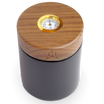
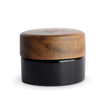


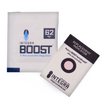


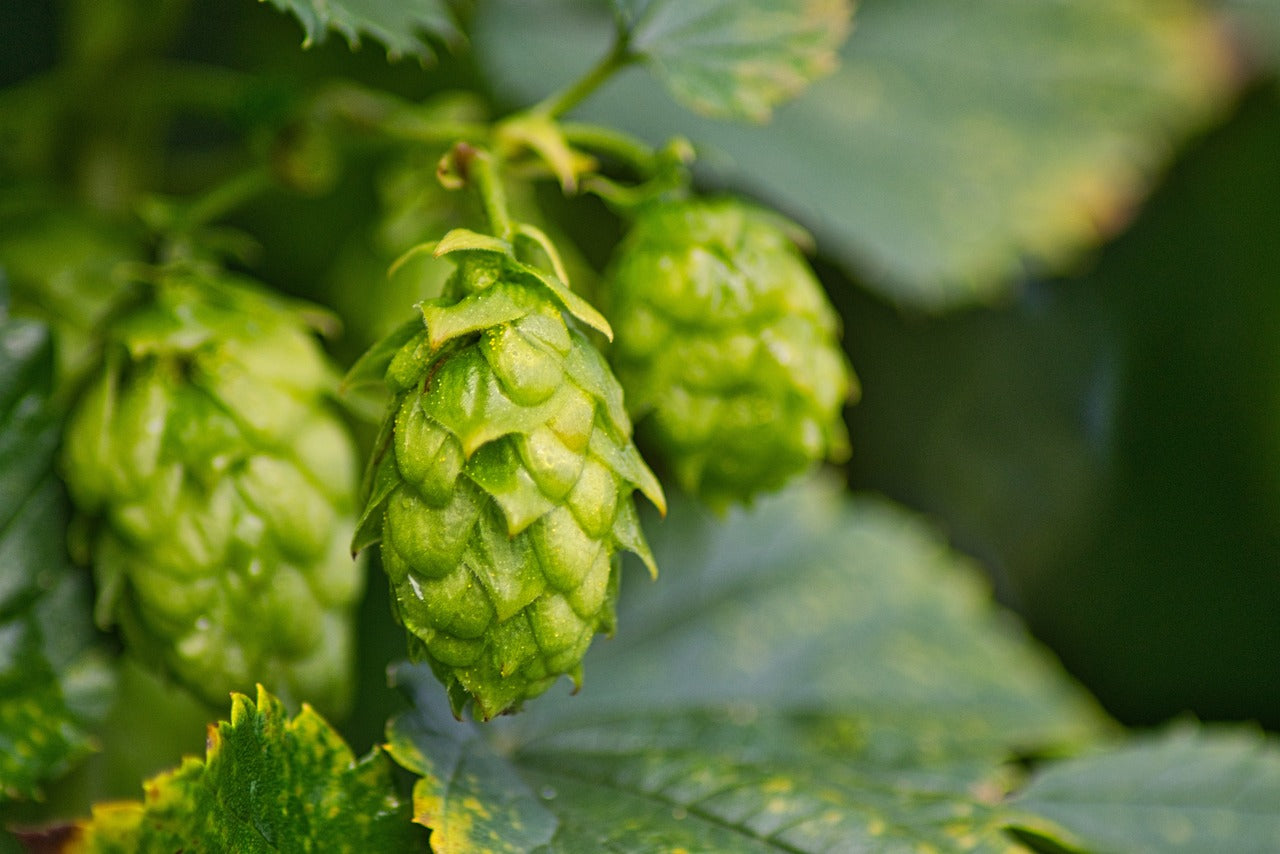
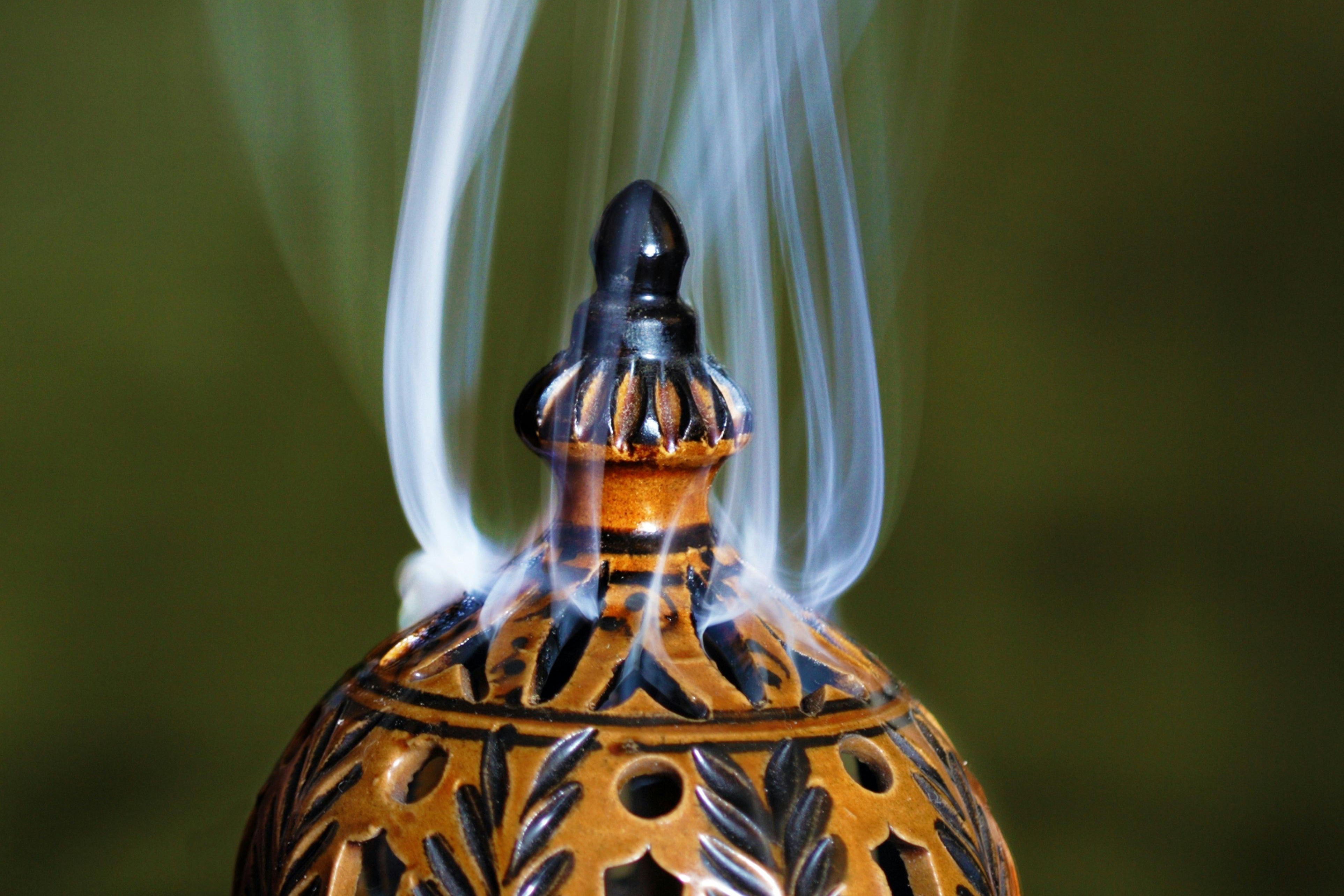
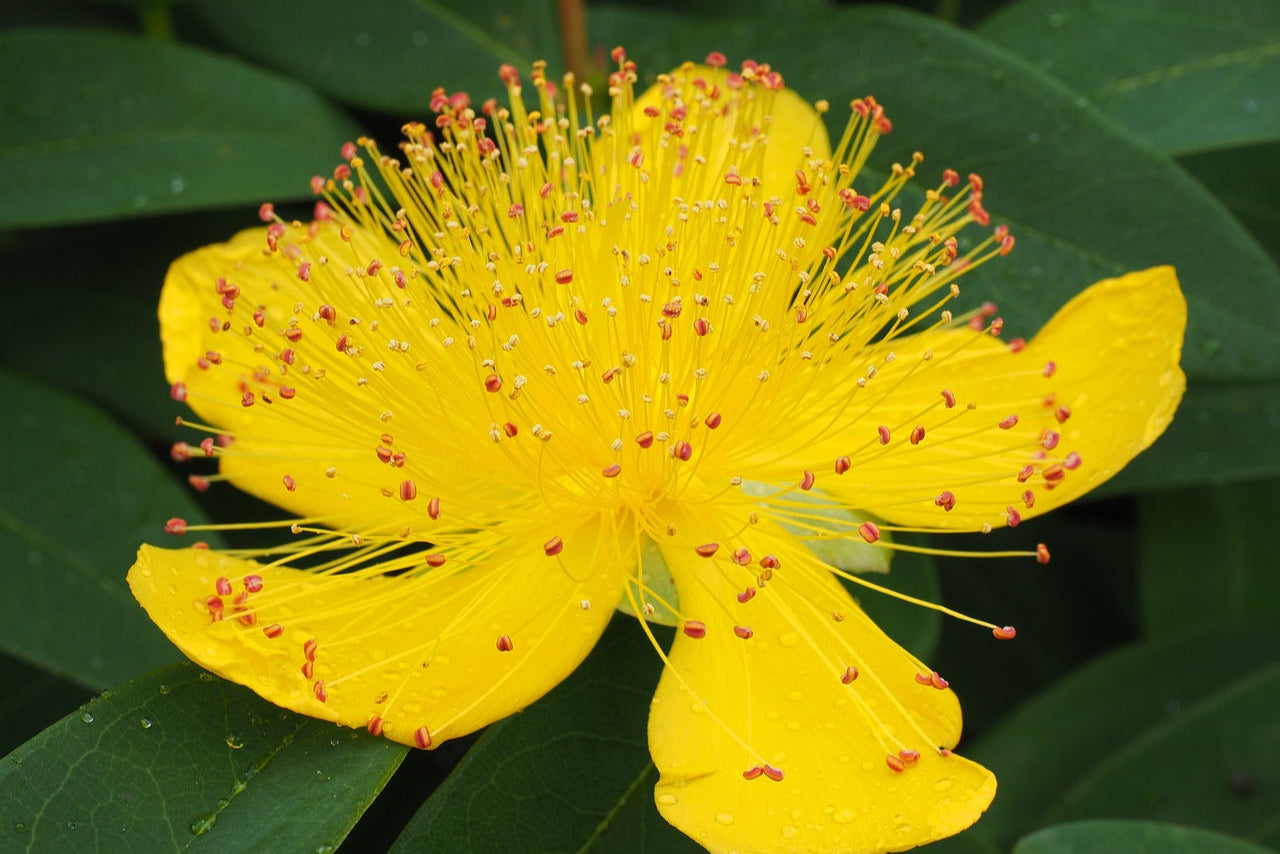


Leave a comment
All comments are moderated before being published.
This site is protected by hCaptcha and the hCaptcha Privacy Policy and Terms of Service apply.